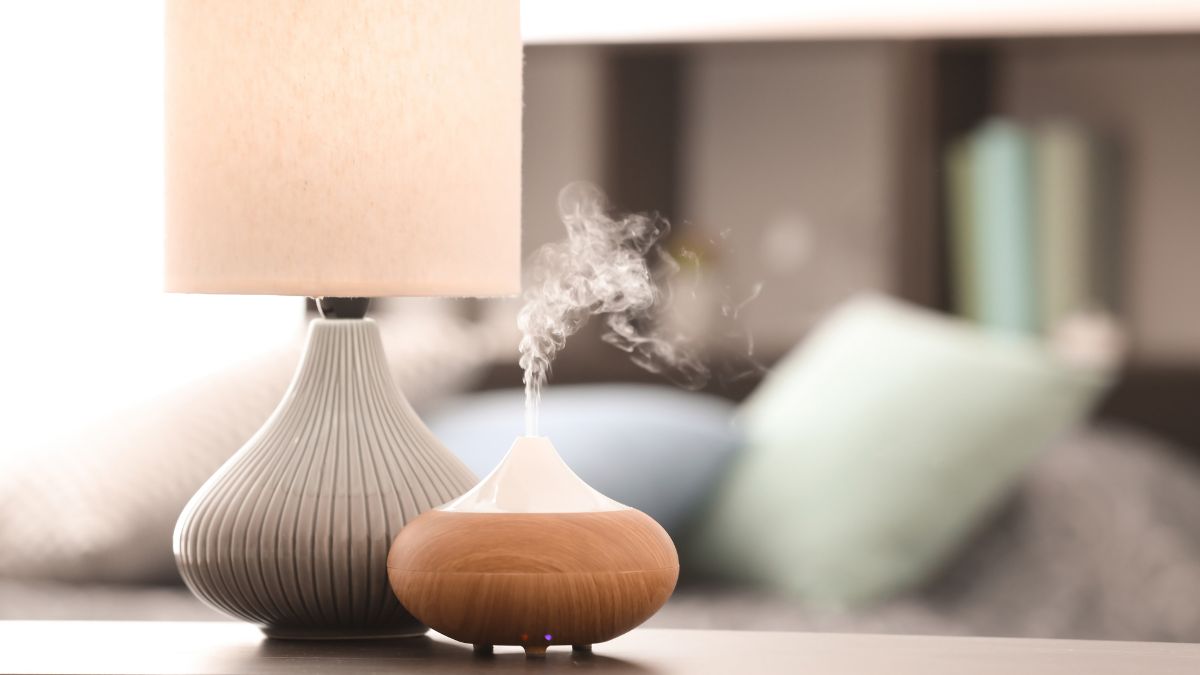Choosing the right lighting for the different rooms in your home can be tricky. There are bright lights, dim lights, pendant lights, sconces, chandeliers, and LED lamps; there are so many lights!
And if you've ever been to alighting store , you'll know exactly what I mean.
A lot of time and effort goes into choosing the perfect lights that suit you and the space they are going to be installed in.
For example, you need to make sure that you have chosen lamps that have a real function , with the right amount of illumination, and with a stylistic element to add to the aesthetics of the room.
You can't put a simple but modern ceiling light in a room full of antique furniture, it won't match!
That's what I'm going to help you do. If you're looking to learn a little more about your lighting options and how to choose the right lighting for each room in your home, you've come to the right place. Let's get started, because there's a lot to cover!

What are the different types of lighting?
First, let's start with the different types of lighting you can choose from:
-
Ambient lighting
-
Work lighting
-
Accent lighting
Often, you'll find that each room has at least two different types of lighting, but sometimes a room has all three. Find out below what each type of lighting does.
Ambient Lighting
Ambient lighting is usually the main source of light in a room. It can be any type of fixture, from ceiling lights to recessed lighting.
Typically, the amount of ambient lighting in a room will be decided by your contractor. He or she will likely measure lighting in "footcandles," which is how bright a light is one foot from your "house." Generally, kitchens and bathrooms require brighter lighting or a greater number of " footcandles ."
Work Lighting
Task lighting is used to illuminate certain activities, such as reading a book or applying makeup in front of a mirror. These lights are never used to illuminate an entire room , but only a small portion of it.
Accent lamps come in all shapes and sizes. They can be mounted on a wall, placed on a desk, or placed in a mirror. Some even have swivel or pivot capabilities to place them wherever you need them, and at whatever angle you prefer.
Accent Lighting
Accent lighting is the most decorative lighting in a room. These lights typically draw attention to something you admire in your home, such as a painting, a mantelpiece, or a shelf. Typically, these lights highlight something your guests can see.
Accent lighting can be simple and elegant, but it can also be luxurious and eccentric. Chandeliers, sconces, and lamps all serve as accent lighting.

What are the different categories of lighting?
Now that you know the details of the types of lighting you can choose from, the next step is to discover the lighting options available to you. Let's take a look.
Wall Lights
Sconces are always mounted directly onto the wall. They can be hardwired into the wall, or a cord can hang down to plug in.
Typically, wall sconces are purchased in pairs, one on either side of a mirror or fireplace. Swing arm sconces , on the other hand, are usually mounted alone to serve as accent lighting, drawing attention to a piece of art or a bookcase.
Recessed and semi-recessed mounts
Both types of light fixtures are often recessed into the ceiling, where they illuminate the room and provide additional walking space. In other words, they don't encroach on the room; they extend no more than 15 to 30 cm from the ceiling.
Hanging Lamps
Pendant lights are not like pendant lights, in that they hang very low from the ceiling by a cord, chain, or wire of some kind.
The main function of a pendant light is to act as a task light , suspended above a dining room table or kitchen island. They vary in size.
The Chandeliers
Chandeliers can be considered a large lighting system because they emit more than one light source at a time. These fixtures are always suspended from the ceiling and can be functional or decorative depending on where you place them in the home.
Table Lamps
You probably already have a floor lamp or table lamp in your home, but if not, this is another option to add to your choices. Lamps don't light up an entire room, making them a perfect candidate for a desk lamp .
This lighting category offers an endless array of options. Plus, they're easy to move around the room and relatively inexpensive.

What are the different lighting schemes for a house?
Almost every home has an entryway, living room, dining room, kitchen, bedroom, and bathroom. Let's take a look at what lighting each room should have!
Entrance lighting
The entryway is the first place your guests will see in your home, which means you'll want to make it feel welcoming and inviting. Don't choose a bunch of task and accent lamps to illuminate certain areas of the room. Instead, try installing a chandelier in the middle of the ceiling (this works well with high ceilings).
If you don't have a high ceiling, that's okay. Try choosing a lighting fixture that emits a warm tone.
Living room lighting
The living room is designed for entertaining or relaxing. That being said, you'll want access to bright light when needed, but you won't want to use that bright light all the time. In this case, floor lamps, table lamps, and sconces will be your best friends.
Dimmer switches are also great for living rooms, allowing you to turn on the bright light and dim it to suit the mood of the room.
Dining Room Lighting
The dining room needs light bright enough for you to converse and eat comfortably at the table; that doesn't mean you have to go out and buy LED lights !
Instead, try placing a chandelier directly in the middle of the dining room table. If you don't like the look of a chandelier, buy a few pendant lights and hang them above the dining room table; remember, don't get extremely low pendant lights, you don't want to be constantly hitting your head on them.
Kitchen Lighting
The kitchen can be difficult to light because different areas of the room require different lighting schemes. For example, you might want to put bright lighting above the kitchen island, but you'll want to have dimmer lighting in areas of the kitchen that aren't used as often.
If you have a large sink, an open bar, or a beautiful kitchen island, pendant lights will be your best choice, both functionally and stylistically.
Bedroom Lighting
The bedroom needs warm lighting , nothing more. You'll want to focus the room on task lighting, so you can read while relaxing, or watch TV with a lamp on your nightstand.
Living rooms work well with a dimmer switch, but so do bedrooms. If you opt for a dimmer switch, you can provide bright light when needed, such as while cleaning.
Bathroom lighting
The bedroom is a place where light becomes a necessity. It is recommended to install bright LED wall lights and lamps above bathroom mirrors, as these areas are key focal points in the bathroom.
Make sure to place these lamps at face height, as this will give you the most benefit.
We've covered the types of lamps, the lighting options available to you, and some examples of lamps to place in different rooms of your home. Now the choice is yours, but at least you know everything you need to know to get started on your lighting projects !





Leave a comment
This site is protected by hCaptcha and the hCaptcha Privacy Policy and Terms of Service apply.